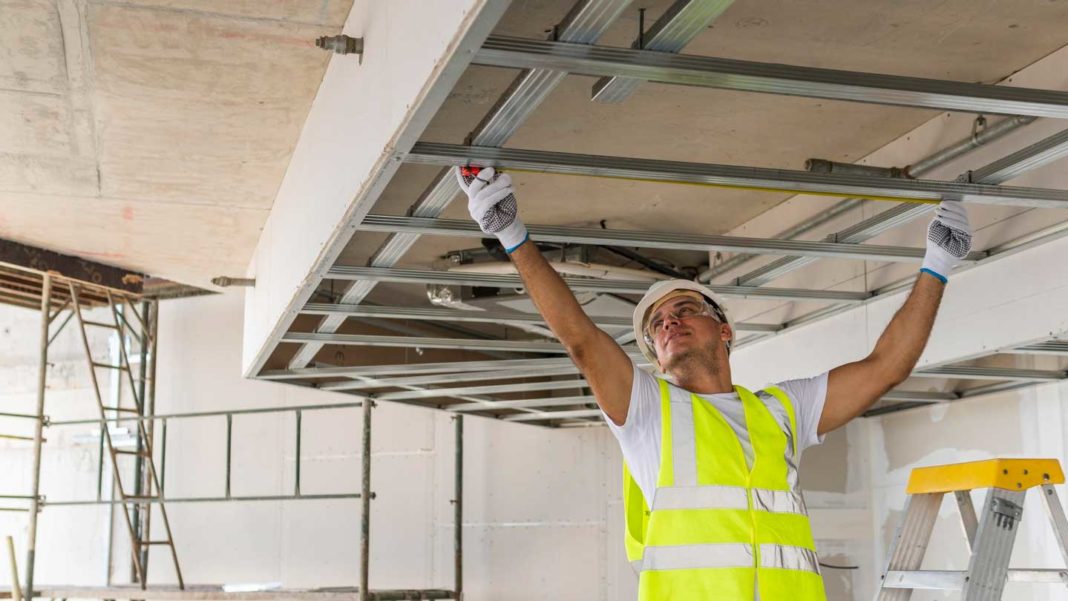When it comes to building construction, mastering the art of framing is essential for efficient and sturdy structures. Framing forms the backbone of any building, providing support, stability, and integrity.
Remember, efficient framing not only saves time and resources but also contributes to the long-term durability and sustainability of the structure.
In this blog post, we will explore some key techniques that will help you master construction framing and ensure efficient building practices. Continue reading before you look for construction framing companies near me.
Understanding the Basics of Construction Framing
Construction framing is the process of creating the framework that supports the weight of the building, including walls, floors, and roofs. It involves assembling a series of wooden or metal beams, studs, and joists to form a structure that can withstand the test of time.
Understanding the basic components of framing is crucial for efficient construction. Load-bearing walls, headers, beams, and joists are key elements that distribute the building’s weight and provide stability. By familiarizing yourself with these fundamental concepts, you’ll be able to plan and execute framing projects with precision.
Additionally, knowing how to properly measure, mark, and cut materials to fit the desired design and layout is essential. This understanding ensures that every component of the frame fits seamlessly together, reducing the need for adjustments or wastage during construction. By mastering the basics, you establish a solid foundation for efficient construction framing.
Optimizing Material Usage and Waste Reduction
Efficient construction framing involves optimizing material usage to minimize waste and maximize cost-effectiveness. By carefully measuring and planning your framing layout, you can minimize the number of cuts and waste generated.
Accurate calculations, considering the dimensions of the building and the specific framing requirements, allow you to determine the necessary number of materials needed for the project. Utilizing advanced software or even basic tools like a calculator and a measuring tape can help you accurately estimate the quantities required, reducing the chances of costly errors.
Furthermore, consider incorporating prefabricated framing components whenever possible. These components, manufactured off-site according to precise specifications, can be quickly and efficiently installed, reducing construction time and material waste. Remember, efficient framing not only saves resources but also speeds up the construction process, allowing for timely completion and reduced overall project costs.
Embracing Advanced Framing Techniques
Advanced framing techniques have gained popularity in recent years due to their efficiency and sustainability. By embracing these techniques, you can optimize material usage and improve energy efficiency.
One such technique is 2×6 framing, also known as “California corners,” which reduces the use of lumber while maintaining structural integrity. By using 2×6 studs in the corners of exterior walls instead of traditional 2×4 studs, you create a larger space for insulation, enhancing energy efficiency.
Another advanced technique involves incorporating insulated headers, which provide better insulation and reduce thermal bridging. Additionally, utilizing 24-inch on-center framing instead of the traditional 16-inch on-center spacing can further enhance energy efficiency and reduce material costs.
Prioritizing Safety and Structural Integrity
Efficient construction framing from construction framing companies near me goes hand in hand with safety and structural integrity. Ensuring that the framing is correctly aligned, adequately braced, and securely fastened is crucial for a stable and durable building. Regular inspections and adherence to safety guidelines help identify and address potential issues before they become major concerns.
When framing, use a level, plumb bob, and string lines to ensure accuracy and alignment. Install temporary braces to hold walls and structures in place during the construction process. Securely fasten beams, joists, and studs using appropriate connectors and hardware. Prioritize the use of high-quality materials that meet or exceed building code requirements.
Additionally, working with experienced professionals who understand the importance of precision and safety in construction framing can further enhance the integrity of the structure. Remember, compromising on safety or structural integrity can lead to costly repairs, delays, or even jeopardize the safety of occupants.
Conclusion
Mastering construction framing techniques is vital for efficient and successful building projects. By understanding the basics, optimizing material usage, embracing advanced techniques, and prioritizing safety, you can achieve higher efficiency and quality in your construction endeavors.
So, whether you’re a professional builder or a DIY enthusiast, invest time in honing your framing skills, and witness the transformative impact it can have on your construction projects.










